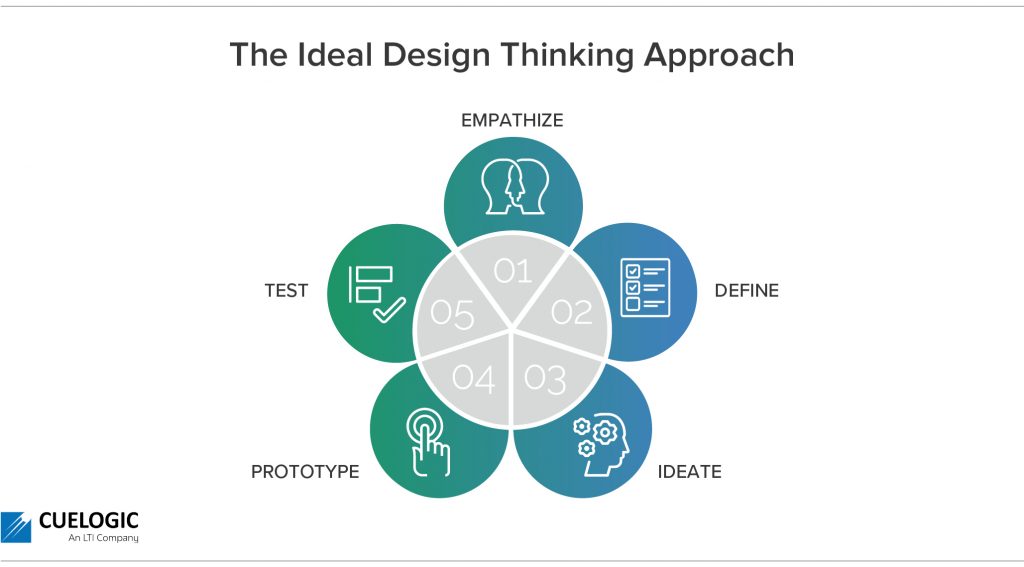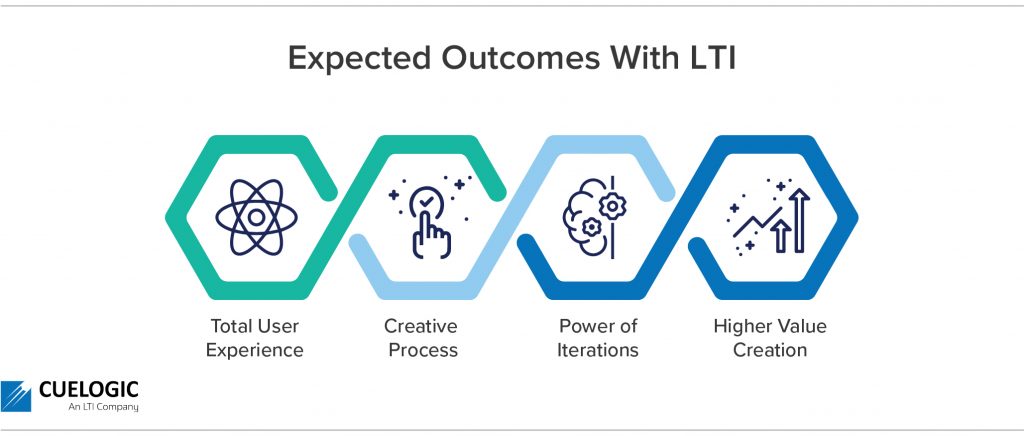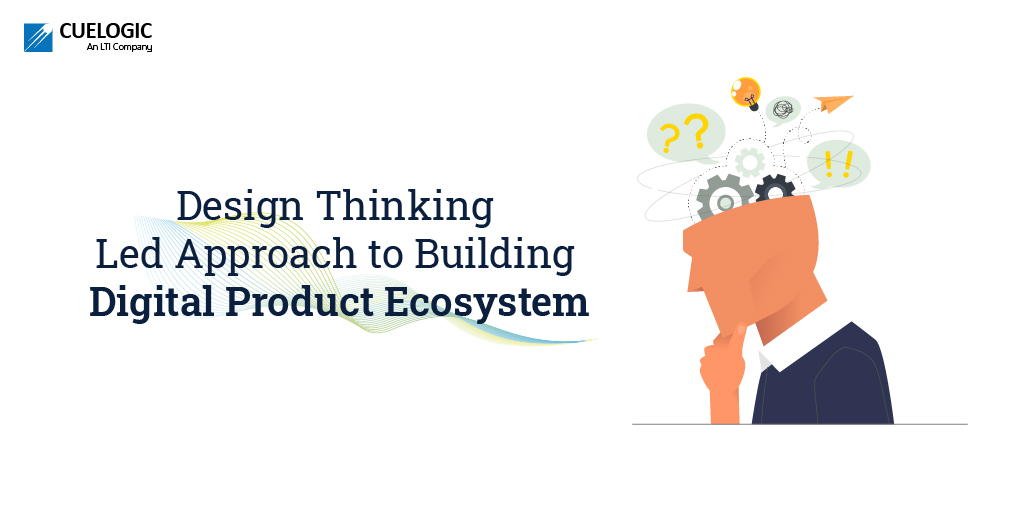In a world where digital products are becoming increasingly complex, the need to iterate and validate product designs early can often single-handedly dictate the outcome of projects. Making product interactions more humane has never been so high up the pecking order of design considerations.
Enter, design thinking
Design thinking has forayed well beyond the initial intended product design domain and is increasingly used as an approach to business model innovation.
Today Digital Businesses are disrupting traditional industries considering the intricate interactions between various stakeholders: employees, partners, customers, service providers, users and developers for Product Development. A successful business model needs to balance the conflicting needs of these stakeholders while providing a great experience to end-users.
Decoding the nuances of design thinking
Most people view design thinking only from the lens of product design. However, that’s not all there is to it. To truly understand design thinking, one must view it from the user’s perspective.
At its core, design thinking is about understanding user needs and problems and then designing solutions that address them in the most user-friendly way possible.
It is a systematic approach that can be broken down into five distinct stages.
The ideal design thinking approach

Empathize:
It all begins with gathering an in-depth understanding of user needs. User personas and empathy maps are a great way to document this understanding without losing track of the big picture. It then matures into understanding the vision of the business, charting out the competitors, researching the industry landscape, and decoding the functions and processes involved along with the existing information architecture.
Define:
Once the research is completed, it’s time to define the problem. This is typically the subject of multiple brainstorming sessions with stakeholders to unearth an impeccable user journey backed by data. It involves analyzing observations and using them to define the core problems, mapping journeys to digital touchpoints, measuring the experience of every touchpoint through relevant KPIs, and identifying the digital channels through which the user will interact with the product.
Ideate:
Once the problem is well-defined, it’s time to think outside the box and implement innovative solutions that address the user’s needs in the best possible way. The ideation stage is all about generating as many ideas as possible without judgment and then narrowing them down to the ones that have the potential to be turned into a reality.
At LTI, teams go through three phases in this manner:
Identifying product lines:
Grouping disparate journeys to entire product lines and mapping them to relevant digital channels and customer touchpoints.
Formulating product & platform strategies:
Begins with connecting related product lines and ends with data-driven personalization.
Aligning product & platform strategies:
Aligning product & platform strategies with business goals, improving productivity with internal products, creating data-driven products that leverage new-age automation philosophies, and more.
Prototyping:
In a testing phase, the goal is to create multiple prototypes so that they do not sink budgets and offer enough clarity on solving the problem at hand. It is important to note that prototypes are not just for products. They can be for processes, workflows, and anything else that needs to be validated before being implemented on a larger scale.
Prototypes must create immersive experiences through interactions that can be A/B tested, give a taste of the MVP, and facilitate experience measurement. They must also clarify the required architecture and engineering strategies, tech stacks, program roadmap, and accelerators.
Test:
The final stage of the design thinking process is testing. In this stage, prototypes are put to the test by actual users to validate assumptions and measure the results. The collected feedback is then used to improve the product before it is launched.
It’s important to note that this design thinking is an iterative process. After successful testing, you can return to previous stages to refine the problem statement and create iterations of the proposed solution.
While this process may seem linear, it is anything but that. It is an ongoing cycle that helps organizations stay customer-centric and agile, two essential qualities in the ever-changing business landscape.
Expected outcomes with LTI
At LTI, the other end of a Design Thinking journey is not just an innovative solution but also a well-defined product strategy, detailed product roadmaps, buy-in from all stakeholders, and, more importantly, a happy customer.

Ultimately, it all comes down to the fact that Design Thinking is a human-centric approach that helps organizations see the world through the eyes of their customers and build products that offer delightful experiences.
The takeaways of successful implementation must be:
Total user experience:
Design Thinking helps you take a holistic view of the user experience and not just focus on individual touchpoints. The process ensures you don’t waste time and resources building the wrong product or lose sight of the bigger picture. Total user experience refers to the complete end-to-end experience that a user has with your product, from the first time they interact with it to the touchpoint of becoming a loyal customer.
Disciplined yet creative process:
Design Thinking is often considered a creative process because it emphasizes originality and innovation. However, it is also highly structured and disciplined, based on a solid research foundation. This makes it different from other creative processes, such as brainstorming, which often lacks a clear direction.
The power of iterations:
The beauty of Design Thinking lies in its iterative nature. This means that you can constantly test and improve your product based on feedback, making it more likely to succeed in the market.
Higher value creation:
By taking a customer-centric approach, Design Thinking helps you create products that offer real value to users. The iterative nature of Design Thinking also enables you to bring your product to market faster. You can launch an MVP and then constantly improve it to perfection, delivering multi-fold value in a shorter time frame.
Conclusion
Design Thinking is a powerful tool that can help organizations build better products by being human-centric. After all, customers are why businesses exist, and it is only by understanding their needs that you can create products that offer genuine value.
